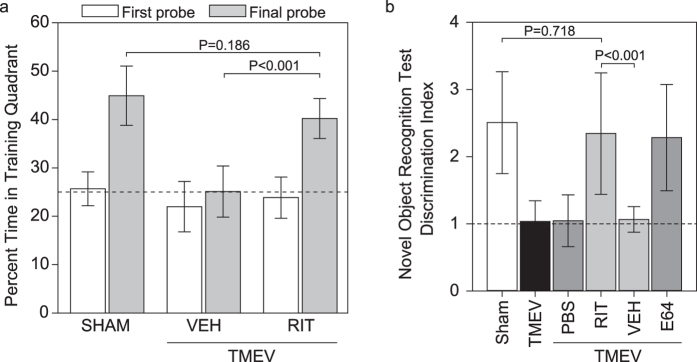Figure 4. Treatment with ritonavir preserves cognitive function in acutely infected mice.
Cognitive function was tested by Morris water maze (a) and novel object recognition (b) starting at 15 dpi. (a) The percentage of swim time spent in the training quadrant (escape quadrant) during a probe test in which the submerged platform is removed from the tank reveals the formation of spatial memory during training. Time spent in the training quadrant during the probe trial at the end of the first day of training was not different between groups and was at chance level (dotted line). By the last day of training there was clear spatial memory formation in sham-infected (SHAM) mice and in infected mice treated with ritonavir (TMEV+RIT), but vehicle-treated infected mice (TMEV+VEH) still performed at chance. P < 0.001 by one-way ANOVA; SNK pairwise analysis indicates P < 0.001 for ritonavir vs vehicle, P < 0.001 for sham vs vehicle, and P = 0.186 for sham vs vehicle. n = 20 mice per treatment in two separate experiments. (b) A discrimination index was calculated as the ratio of time spent investigating a novel object to the time spent investigating a familiar object. Sham-infected (SHAM) mice, infected mice treated with ritonavir (RIT), and infected mice treated with E64 showed indices above 2, consistent with the formation of novel object recognition memory. In contrast, infected (TMEV) mice and infected mice treated with vehicle (VEH) or PBS had indices close to 1, indicating equal time spent investigating the novel and the familiar object (dotted line). P < 0.001 by one-way ANOVA; SNK pairwise analysis indicates P < 0.001 for RIT vs VEH, P = 0.835 for RIT vs E64, P = 0.718 for SHAM vs RIT, P = 0.762 for E64 vs SHAM, P < 0.001 for E64 vs VEH. n = 10 mice per treatment in two separate experiments. Graphs show means ± 95% confidence intervals.

